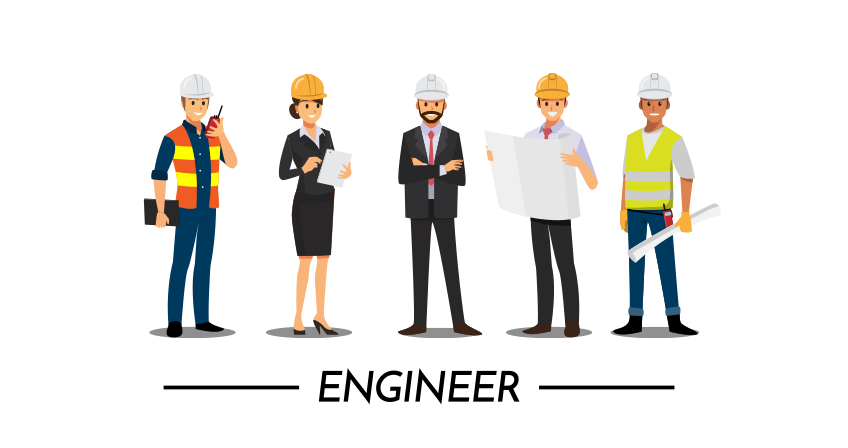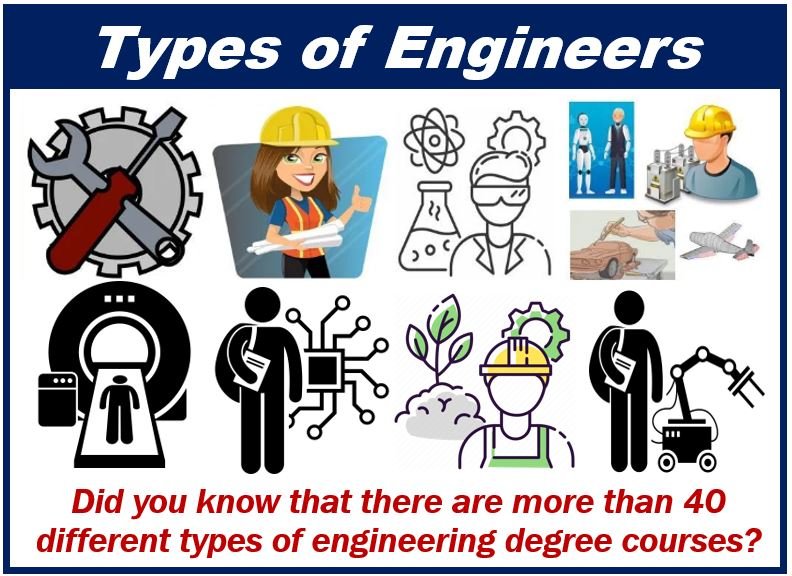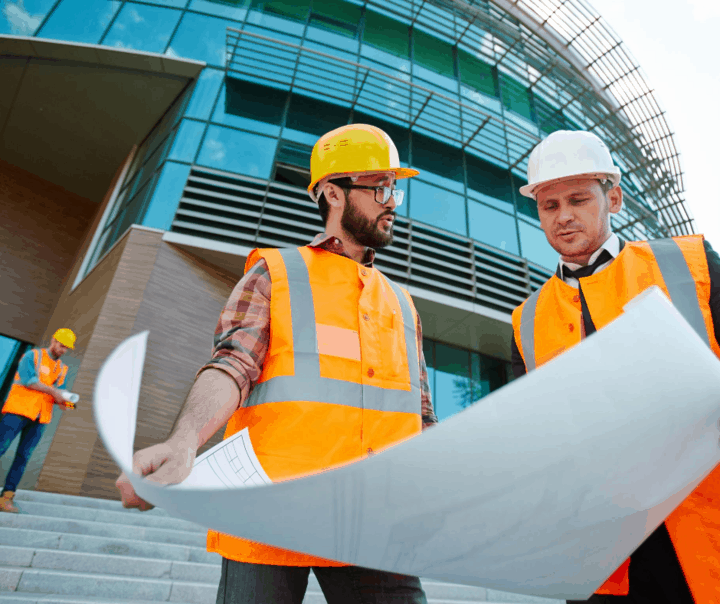Engineer’s Day: Crucial to sustainable development are engineers and architects who can ensure India achieves ambitious net-zero emissions target by 2070
As India completes 75 years of independence, it’s reassuring to witness every business sector evaluate our nation’s growth story, and what it takes to create this “Amrit Kaal” for our children. The construction sector and its impact on the environment are critical to this growth since 51 percent of India’s population will live in urban areas by 2047 (compared with 31 percent in 2012). Buildings in India account for nearly a fifth of the total CO2 emissions and almost 33 percent of energy use. Rising urbanization would influence how energy is consumed and, in turn, how it depletes nature. For instance, India’s buildings sector will expand by six billion square meters in the next 20 years, and its cooling demand is expected to grow 15-fold. About 70 percent of India’s urban infrastructure by 2030 is yet to be developed. That provides a window to create Net Zero Energy Buildings (NZEB) that mitigate environmental risks and are essentially neutral in their effects on nature. Crucial to this sustainable development are engineers and architects who can ensure India achieves PM Narendra Modi’s ambitious net-zero emissions target by 2070.

Energy-efficient building design in India is at a nascent stage. There’s an opportunity to build net-zero energy design capacities among engineers and architects. Each year, about 500,000 students graduate from building sector-related courses, but their curriculum doesn’t prepare them to implement NZEBs. Out of the 450-plus architecture colleges in the country, less than 20 offer courses on energy efficiency or sustainable design. The lack of stringent policies, the perception that sustainable buildings cost more, and a massive lack of technical expertise are hindrances in developing high-performance buildings. While regulatory policies, such as the Energy Conservation Building Code (ECBC) and Eco-Niwas Samhita provide codes for efficient energy usage for commercial and residential buildings, these are not mandatory and many states are yet to adopt them – as of March 2020, 14 states and two Union Territories have adopted – and none of the urban local bodies are enforcing these codes.

Capacity Building of Engineers and Architects
A dynamic collaboration between academia and industry is critical to bridging the gap between training and practice. Educating students in architecture, civil/mechanical/electrical engineering, and design about NZEBs will influence their buildings over the next 30 years. Their learnings must be integrated with building science, engineering of building systems, water sufficiency, and resilience in building design and construction. Online courses and gamified education will encourage innovation. Students must be exposed to live projects to understand the challenges that the industry faces and the impact an NZEB can have on communities. This will ensure multidisciplinary collaboration rather than siloed approaches to building design. The faculty members, too, need training and support to spark innovative thinking among students.

Technology must also be better leveraged to build smart net-zero buildings that reshape their electrical load to the state of the electricity grid. Using innovative materials in buildings and integrating smart controls and IoT along with a behavioral change in residents can make this possible. India’s building sector is at a point of change and its future must be dramatically different from today’s buildings. A shift to greener structures that are energy efficient and resilient to climate hazards is imperative but more necessary, they need to be affordable, durable, and designed for people. These interventions can mitigate the construction sector’s contribution to climate change and help reduce India’s building energy demands by 50 percent by 2050.


Recent Comments